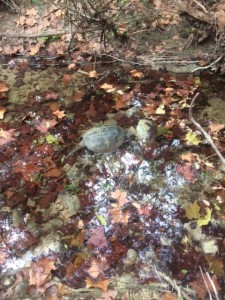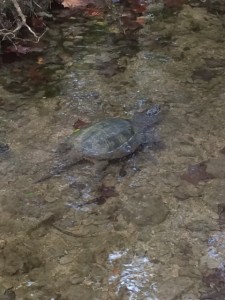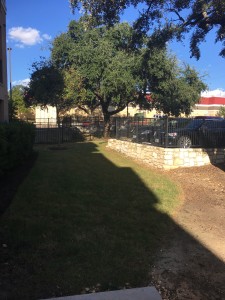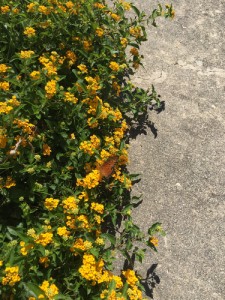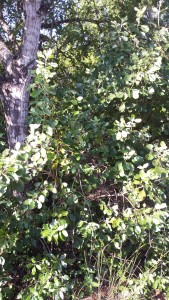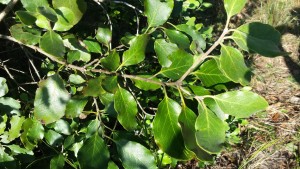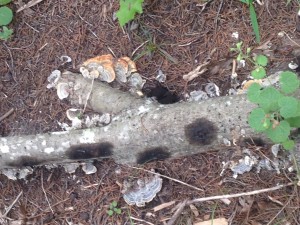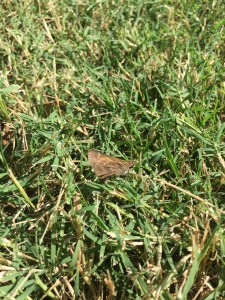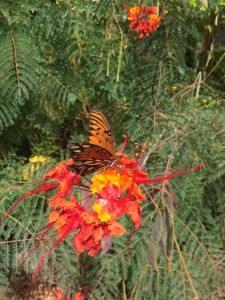While doing research this past weekend out at Wild Basin, I spotted this large turtle swimming in Bee Creek. My group’s research assistant, Stephanie, and I discussed what kind of turtle it could be, and because of its size and tail, we agreed that this was a Common Snapping Turtle, or Chelydra serpentina.
Common Snapping Turtles are common throughout the U.S. and North America, and more on the Common Snapping Turtle can be found here. I was initially surprised to come across this turtle because I didn’t realize Texas had snapping turtles, and besides deer, this is the largest animal I’ve seen at Wild Basin so far. I made sure not to get too close!
My iNaturalist observation can be found here.
